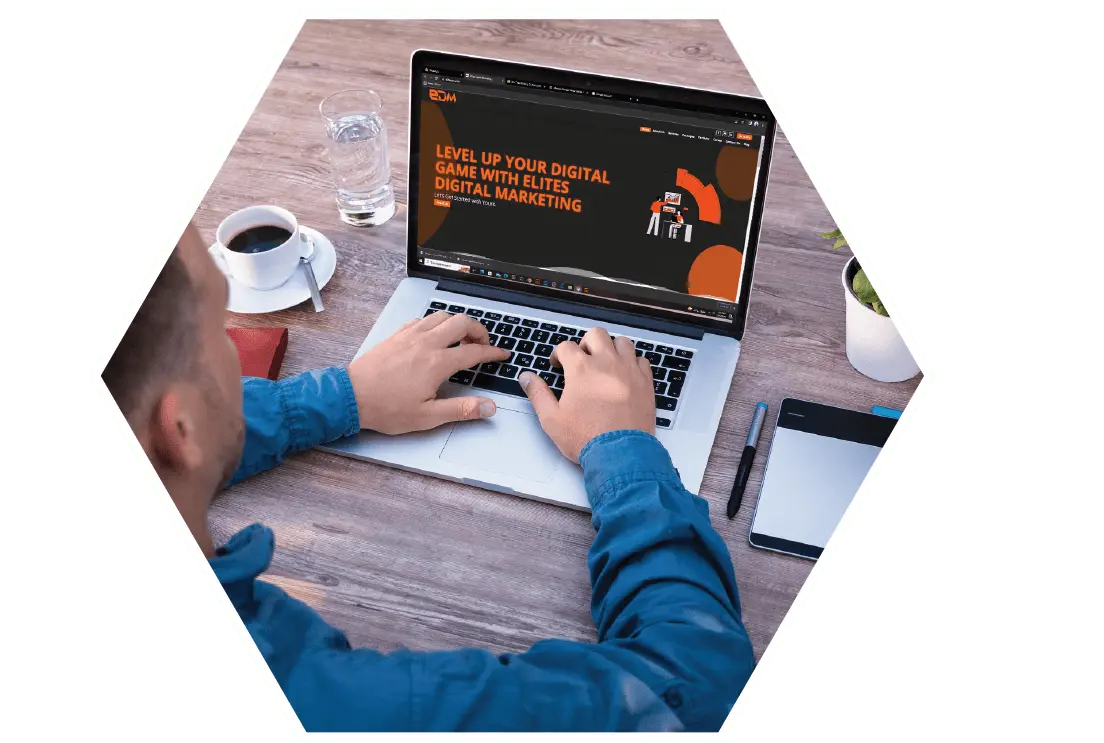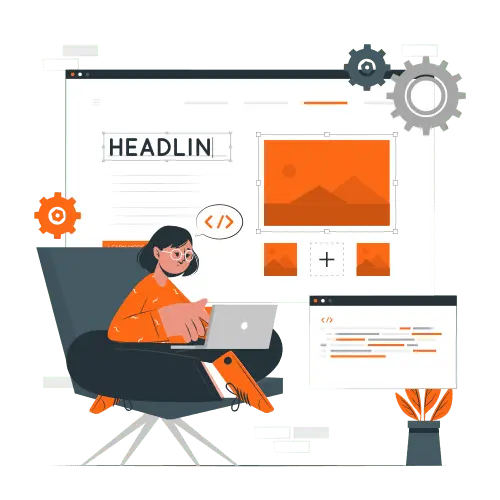
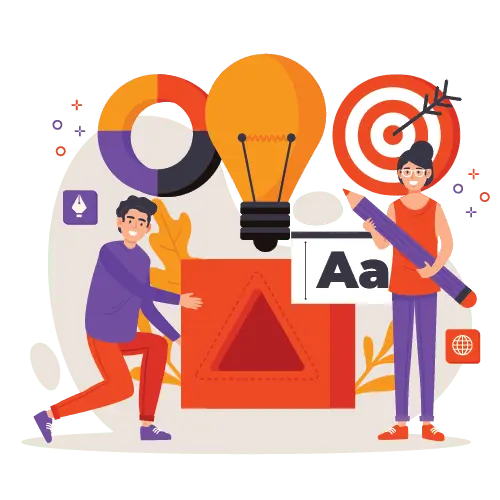
Ad Creative
Ad creative in graphic designing service involves creating visually appealing and attention-grabbing designs for advertising campaigns. This can include designing billboards, print ads, digital banners, and social media graphics. Ad creative should be designed to effectively communicate the campaign’s message and resonate with the target audience. The use of color, typography, and imagery plays a crucial role in ad creative design.
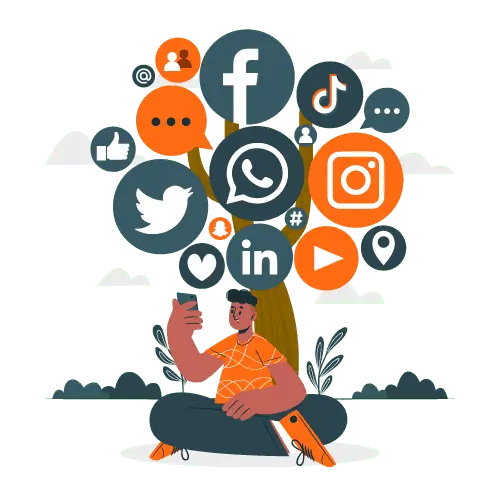
Social Media Posts
Social media posting in graphic designing service involves creating visually appealing designs for social media platforms such as Facebook, Instagram, Twitter, and LinkedIn. These designs should be optimized for the specific platform and grab users’ attention by scrolling through their feeds. Social media post designs can include graphics, infographics, creative typography, and incorporating the brand’s color palette, logo, and messaging. To create an impactful post, it is essential to be aware of the platform’s guidelines and the latest design trends.
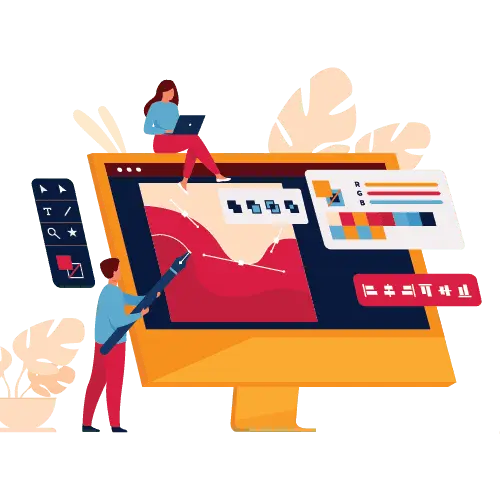
Banners & Flyer
Banner and flyer design in graphic designing service involves creating visually engaging graphics for print and digital media. Banners are typically used for outdoor or indoor advertising, while flyers promote events, products, or services. Both banners and flyers should be designed with a clear message and be visually attractive to grab the target audience’s attention. Graphic designers use imagery, typography, and color schemes to create an effective banner or flyer design.

Logo Designing
Logo design is an important aspect of graphic design that involves creating a unique and recognizable symbol or design that represents a company or brand. A well-designed logo should be simple, memorable, and convey the brand’s essence, even in video animations. It should also be versatile and used across different mediums and contexts, including digital platforms and video content. A graphic designer uses typography, iconography, and color theory to create a strong and effective logo design that can be animated and brought to life in a video.
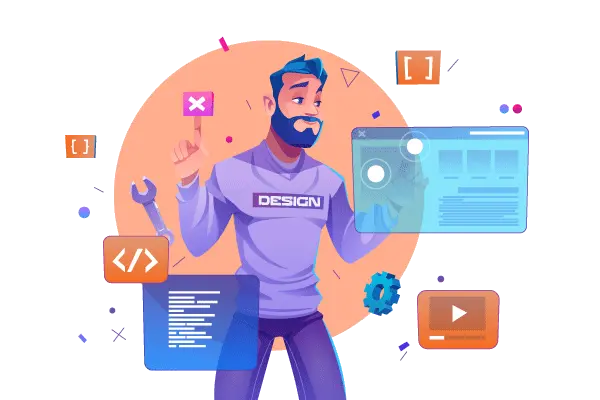
Web Design
Web design is creating and designing a website’s layout, look, and feel. A web designer uses various tools and technologies like HTML, CSS, and JavaScript to create visually appealing and user-friendly websites. Web design also ensures that the website is optimized for search engines and accessible on various devices. The layout, navigation, and overall user experience are important aspects of web design.

Business Card
Business cards are a crucial element of any professional’s brand and identity. They serve as a physical representation of who you are and what your business does. In graphic design, business card design involves creating visually appealing cards that communicate important information such as name, contact details, and branding elements. Business cards can be designed in various sizes, shapes, and styles and should be designed to leave a lasting impression.

Product Images
Product images are a crucial aspect of e-commerce and graphic design. They are used to showcase the features and benefits of a product to potential customers. High-quality product images can greatly influence a customer’s purchasing decision. Product images should be visually appealing, accurately represent the product, and be optimized for online use. Graphic designers use tools such as Adobe Lightroom and Photoshop to enhance and edit product images to make them look their best.
Some Tips on Graphic Designing
Understand your Audience
Understanding your audience is crucial when it comes to graphic design. By understanding your target audience’s demographics, preferences, and habits, you can create designs that effectively communicate your message and resonate with them. This includes understanding age, gender, income, education level, and interests.
For example, suppose you are designing a brochure for a retirement community. In that case, you will want to use a different design style and color palette than if you were creating a brochure for a trendy fashion brand. The design should be easy to read and understand for an older audience and not have small font sizes and complex graphics. If you design a website for a children’s toy store, you will want to use bright colors, fun illustrations, and a more playful design style to appeal to young children and their parents.
It’s also important to understand the context in which the design will be viewed, whether on a website, in print, on a billboard, or another medium. The design should be optimized for the specific medium where it will be viewed, considering things like resolution, color, and size.
By understanding your audience, you can create designs that are visually appealing and effective in communicating your message and resonating with your target audience.
Keep it Simple
Regarding graphic design, the adage “less is more” holds. Keeping your design simple can help to make your message more effective and memorable. A simple design allows the viewer to focus on the core message without getting distracted by unnecessary elements.
Simplicity in graphic design can be achieved through the use of minimal color schemes, clean typography, and well-organized layouts. Using fewer elements, you can create a more powerful visual impact that is easy to understand and remember. Additionally, a simple design can be more versatile and adaptable, making it suitable for various mediums and platforms.
Simplicity doesn’t mean that the design has to be boring. It’s about finding the balance between making the message clear and catching the viewer’s attention. A clean and simple design can be elegant and sophisticated if done right. Furthermore, a simple design is more cost-effective, requiring less time and resources.
In conclusion, when designing graphics, it’s important to remember that less is often more. By keeping your design simple, you can create a powerful visual impact that is easy to understand and remember and adaptable to different mediums and platforms.
Use Color Effectively
The use of color in graphic design is an important aspect that can greatly impact a design’s overall effectiveness. Color can evoke emotions, create a mood, and influence consumer behavior. Therefore, it’s important to use color effectively in graphic design.
When selecting colors for a design, it’s important to consider the intended message and audience. For example, warm colors such as red and orange can evoke energy and excitement, while cool colors such as blue and green can create a sense of calm and serenity.
Additionally, it’s important to consider the color scheme of the design. A monochromatic color scheme, which uses different shades of the same color, can create a cohesive and harmonious look. A complementary color scheme, which uses colors opposite each other on the color wheel, can create a dynamic and vibrant look.
Furthermore, color contrast is also important in graphic design. High contrast between colors can make the text more legible and make certain elements stand out. It’s also important to consider the background and text colors to ensure they have enough contrast and are easy to read.
In conclusion, the effective use of color in graphic design can greatly enhance a design’s overall effectiveness by evoking emotions, creating a mood, and providing visual interest. It’s important to consider the intended message, audience, color scheme, and contrast when using color in graphic design.
Use imagery effectively
Using imagery effectively in graphic design can greatly enhance a design’s visual appeal and impact. A well-chosen image can convey a message, create an emotional response and make the design more engaging. When selecting imagery, it’s important to consider the message that you want to convey and the target audience. The image should be relevant and appropriate for the design and resonate with the audience.
When using imagery, it’s also important to consider the composition and placement of the image within the design. The image should be balanced and harmonious with the overall design and not overpower the other elements. It’s also important to pay attention to the resolution and quality of the image, as low-resolution images can appear pixelated and blurry.
Additionally, it’s important to consider the use of imagery in relation to typography and other design elements. A well-designed layout can make an image more effective by leading the viewer’s eye through the design and creating a visual hierarchy.
In conclusion, using imagery effectively in graphic design can greatly enhance a design’s visual appeal and impact by creating an emotional response and making the design more engaging. It’s important to consider the message, target audience, composition, placement, resolution, image quality, and how it relates to typography and other design elements.
Our On-Boarding Process
